Happy New Year! For this month’s post, we’ve decided to feature a beverage that is perfect to ring in the New Year: champagne! Though champagne itself requires no recipe, some of the railroad commissary booklets had extensive instructions regarding how champagne should be served. Lucius Beebe’s Stork Club Bar Book features several recipes featuring champagne that we will include as well.

Figure 1 Stork Club Bar Book by Lucius Beebe.
Before we get into the various instructions for the best way to consume the beverage, let’s learn the history of this unique drink. The Romans were said to introduce vineyards to northern Gaul, now known as the Champagne region, in the 1st century. After that, however, accounts differ on the true origin of champagne as we know it. Some accounts state that the region of Champagne, France has harsher winters than those found in the areas around many other vineyards that were in use during the 17th century. The winter actually stopped the fermentation process, and when the weather warmed up, it started a second fermentation process that trapped a lot of carbon dioxide in the bottles, creating the bubbles the beverage is known for.
The carbon dioxide trapped in the bottles created a substantial amount of pressure which often broke the bottles themselves. Champagne makers had to use wire face masks to protect themselves from the glass shards from broken bottles when they entered the cellars. After the accidental discovery, the second fermentation process became a refined technique. Some accounts state that it was the English who created the bottles that were able to successfully withstand the pressure of champagne, and they may have even had a form of sparkling wine before champagne, however, the Champagne region of France certainly popularized the technique and beverage in the 17th century. In fact Champagne, France laid such a claim to the beverage that the term champagne itself is a protected one today. The sparkling beverage can only be called Champagne if it was produced in that region of France, according to the terms of an 1891 treaty which the European Union and many other countries recognize.
As a side note, style guides and dictionaries today differ as to the proper capitalization of the term Champagne. Much of the disagreement relates to the protected region—after all, if it can only be called Champagne if it is from the region, then it simply has to be capitalized, right? Well, as with many things, it’s not that simple. The United States bans the use of the term Champagne in connection with all new U.S.-produced wine brands. However, those labels that used the term prior to 2006 may continue to use it, provided the term is accompanied by the wine’s actual origin (e.g., “California Champagne”). In any case, the majority of U.S.-produced sparkling wines today do not use the term champagne on their labels. But Dining on the Rails is based on history, and therefore we are using the term both as a proper one (capitalized) as well as a non-capitalized one—as champagne often was referred to on bottles, in recipes, and aboard trains in the 19th and 20th centuries.
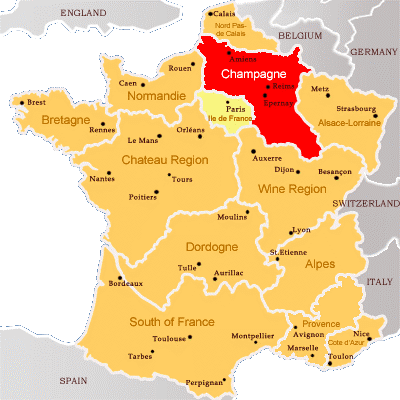
Figure 3 Map featuring Champagne region of France.
As we mentioned in previous posts, the Pullman Company had extensive instructions regarding serving food and drink, and serving champagne was no exception. In the Museum’s copy of the Pullman Company’s Commissary Instructions (revised edition, published in 1939) there is a chapter devoted to wines. The section on champagne details instructions for what temperature it should be served at (always ice cold), that the bottle needs to be presented to the passenger, what glass should be used (hollow stem champagne glasses), and how to stop champagne when it is overflowing from the bottle (“by placing the blade of a steel or silver knife” vertically “over the opening”). The Commissary Instructions make sure to point out the importance of using a napkin when opening the champagne, as “hot hands” on an “ice cold bottle…sometimes causes explosions to occur.”
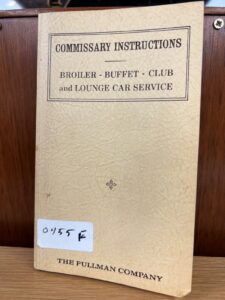
Figure 4 Colorado Railroad Museum’s copy of The Pullman Company’s Commissary Instructions, revised edition 1939.
Lucius Beebe, known for his extravagant and refined taste, touted the benefits of champagne in his Stork Club Bar Book. He states that “champagne in the morning is a variously advantageous drink and is practically the only wine which lends itself to absorption twenty-four hours around the clock.” In his bar book, first introduced in our February 2023 post featuring the bourbon toddy (which you can read about by clicking here: https://coloradorailroadmuseum.org/2023/02/03/dining-on-the-rails-february-2023-bourbon-toddy/ ), there are a couple of cocktail recipes featuring champagne which we will include at the end of this post. One of those recipes calls for equal parts Guinness and champagne, and was known as Black Velvet. Beebe notes that it “soothes and gentles the recalcitrant stomach” and “overcomes the jangled nerves” though “it is a heavy arrangement and may result in the achievement of a state of benign stupefaction by the unwary.” The other is known as a Diamond Fizz and includes lemon juice, sugar, and champagne.
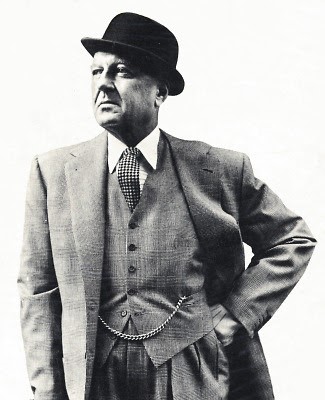
Figure 5 Lucius Beebe, author of Stork Club Bar Book
Whether you choose to try one of the champagne cocktails included here, or decide to stick with the old fashioned bottle of champagne (or a traditional French Champagne), we hope you enjoy! If you try any of the recipes, please let us know in the comments below or on our Instagram, Facebook, or Twitter accounts.
Stork Club Bar Book Black Velvet
½ dry champagne
½ Guinness stout
Chill these separately and pour them together in equal portions in any available tall glass holding at least a pint
Stork Club Bar Book Diamond Fizz
Juice of one lemon
1 tsp. sugar
Serve in highball glass with one ice cube. Fill with champagne.
Past Dining on the Rails Posts:
Railroad Hot Chocolate!
Pumpkin Pie!
Fred Harvey Coffee and Flank Steak
Roast Leg of Mutton
Mineral Water Lemonade
Roast Spring Lamb
Fruit Salad and Fruit Salad Dressing
Union Pacific Cole Slaw with Peppers
Bourbon Toddy
Cinnamon Toast and Children’s Menus
Harvey Girl Special Little Thin Orange Pancakes
Old Fashioned Navy Bean Soup
Apple Cider
Peach Cobbler
Barbeque
Mountain Trout
Eat like a Hobo!
Mother’s Day Shirred Eggs
How about a nice Old Fashioned?
French Toast, Anyone?
A Chocolatey Valentine’s Treat!
Western Pacific Pork Tenderloin
Cranberry Sauce
Oyster Stuffing!
Chicken Pot Pie
Chili
August 2021 – Pullman “Tom Collins” Cocktail
How about a salad?
Atchison, Topeka & Santa Fe Ham!
CRI&P’s New England Boiled Dinner
A Sweet Treat for your Valentine!
Black Eyed Peas!
Eggnog
Happy Thanksgiving!
Union Pacific Apple Pie
August 2020
July 2020
June 14, 2020
June 7, 2020
May 31, 2020
May 24, 2020
May 17, 2020
May 10, 2020
May 3, 2020
April 26, 2020
April 19, 2020
April 12, 2020
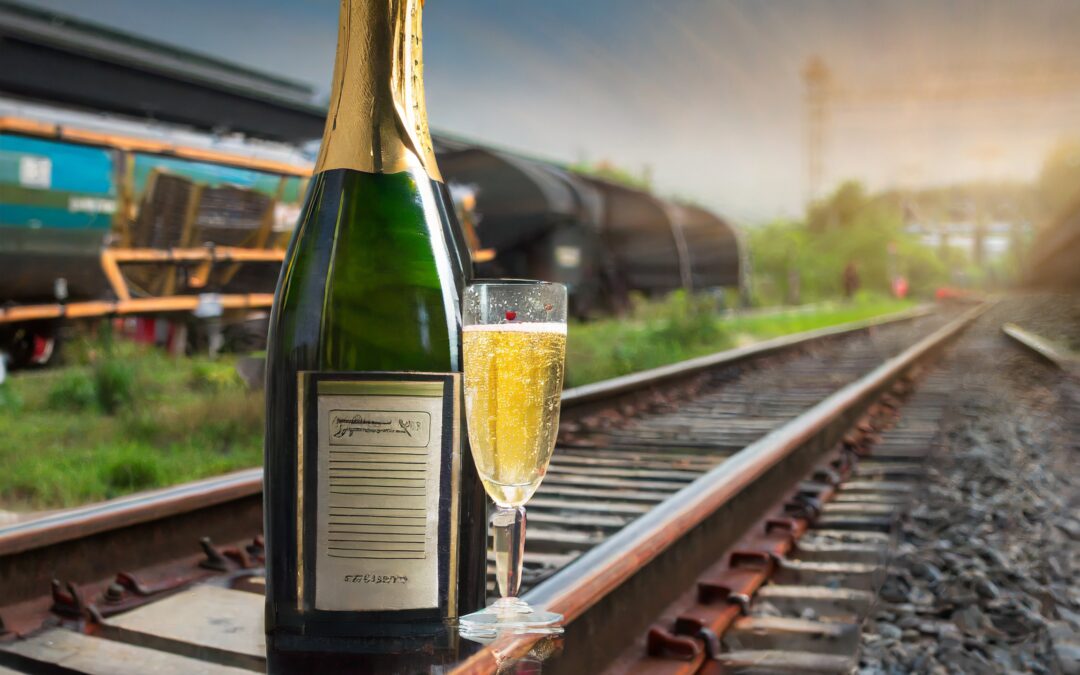
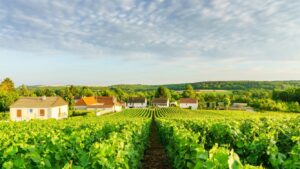
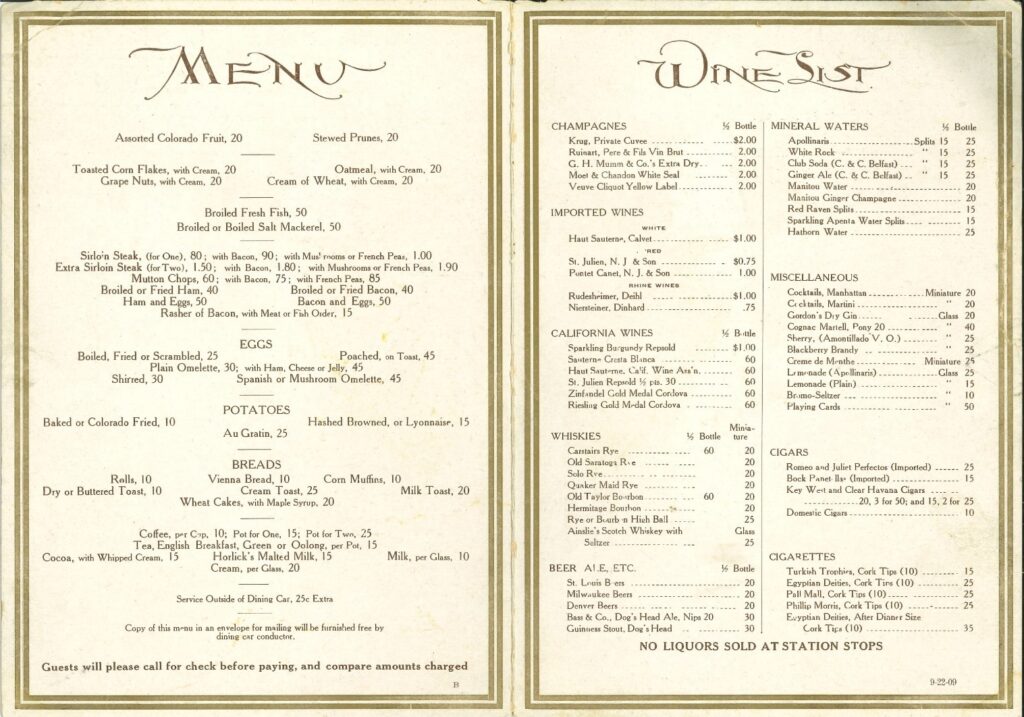
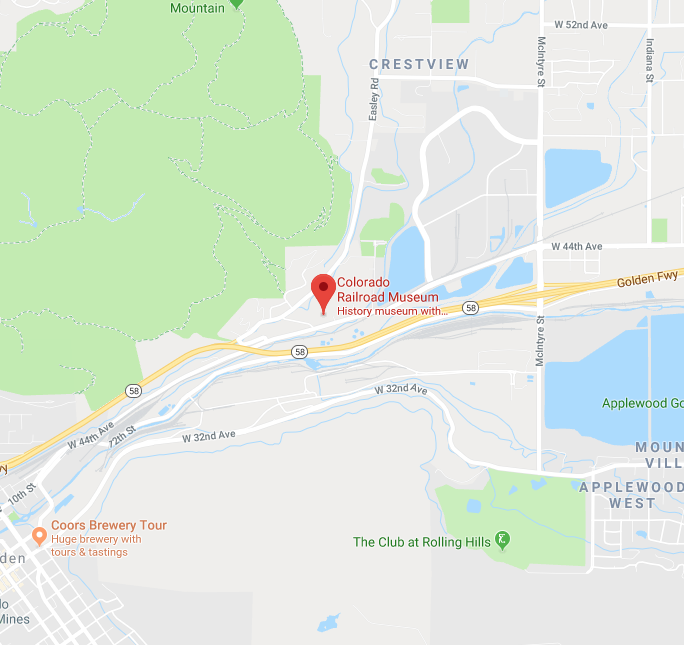

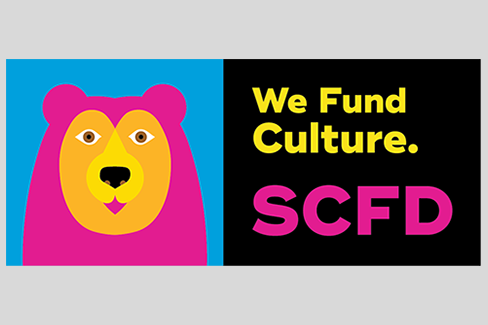
0 Comments